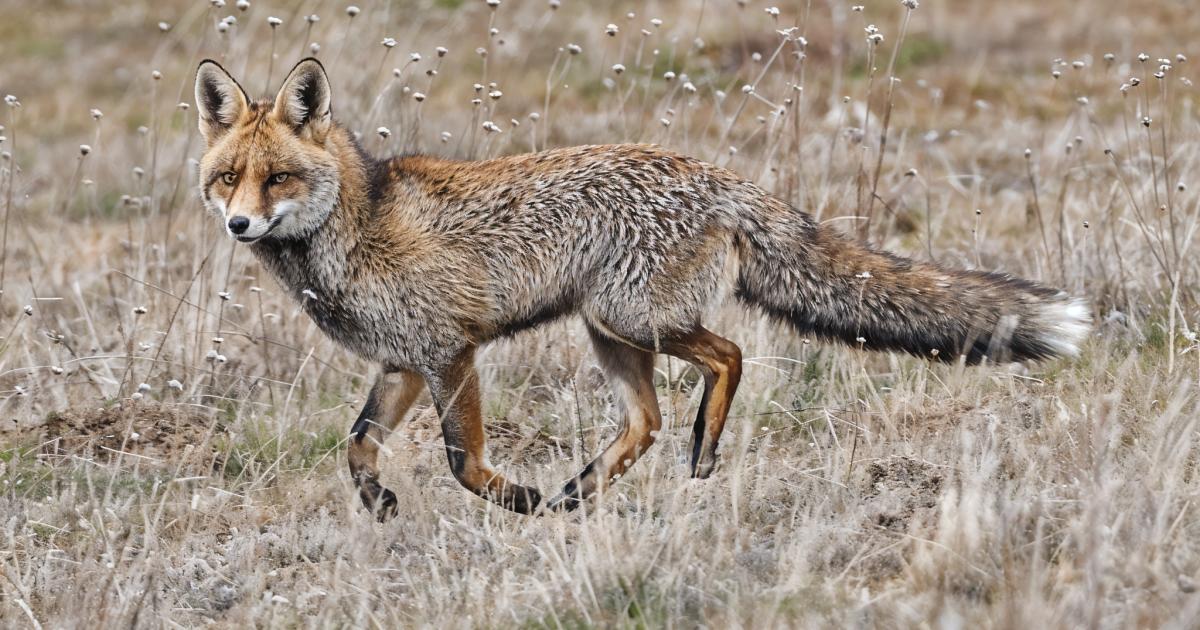
Iberian Fox - Treasure of the Iberian Peninsula
The Iberian fox (Vulpes vulpes silacea), one of the lesser-known varieties of fox, has inhabited diverse areas of the Iberian Peninsula for centuries. Although often confused with the more common common fox (Vulpes vulpes), the Iberian fox is distinguished by unique characteristics that make it an extremely interesting representative of the European fauna.
Unique characteristics of the Iberian fox
The Iberian fox is a smaller variety of the European fox, with a shorter and more compact body. Its coat is a shade more ashy than red, which helps it camouflage better in the dry, steppe landscapes of Spain and Portugal. His fur changes color depending on the season, taking on a lighter, almost beige color in summer and becoming more grayish in winter, which further helps him hide from predators and during hunting.
A distinctive feature of this fox's appearance is its slightly shorter legs, which enable it to better navigate the rocky and dry terrain where Iberian foxes are often found. Although not as hardy over long distances as their cousins from colder regions of Europe, Iberian foxes are characterized by great agility and cunning.
Habitat and lifestyle
Iberian foxes can be found in many regions of the Iberian Peninsula, from the dry areas of Andalusia to the wetter forests of Galicia. However, they most often choose semi-desert areas, steppes and areas with sparser vegetation, an adaptation to their unique survival traits.
Although like other foxes they are opportunists, their diet consists mainly of small mammals, birds and insects. During periods of drought, which can last for months on the Iberian Peninsula, these foxes seek food in the form of fruits, plants or even leftovers left by humans. Their versatility allows them to survive in the harsh conditions that Iberian landscapes offer.
Threats and protection
Despite its adaptability, the Iberian fox is not free from threats. Expanding urbanization, agriculture and climate change are significantly affecting the shrinking of these animals' natural habitats. Increasingly, these foxes must move in search of shelter, exposing them to humans and vehicles, which in turn increases the number of traffic accidents involving them.
Fortunately, in recent years the Iberian fox has gained more attention from environmentalists and conservationists. Educational campaigns are underway in many regions of Spain and Portugal to protect natural habitats and minimize threats from human activities. More and more emphasis is being placed on protecting these remarkable animals so that they can continue to enjoy a free life on the Iberian Peninsula.
The Iberian fox plays an important role in the ecosystem, as a predator that helps control the population of rodents and other small animals. Its presence in the wild is also an indicator of the health of the ecosystem in which it lives. The disappearance of these animals can lead to a biological imbalance in the region.







